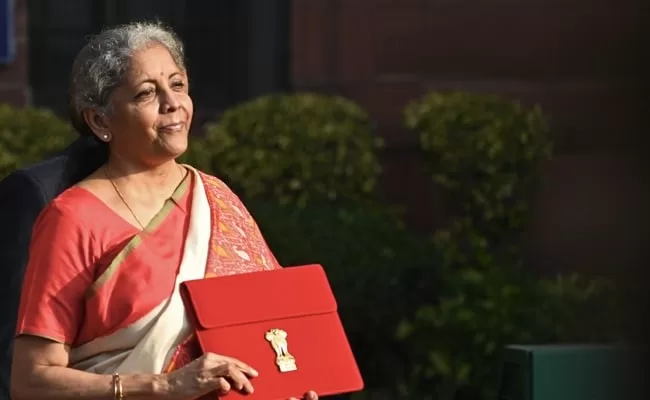On the expenditure side, the budget has projected central government spending to rise by just 7.5 per cent in 2023-24. This is lower than what it expects the economy to grow at. Thus, total expenditure will fall from 15.3 per cent, as a percentage of GDP in 2022-23, to 14.9 per cent in 2023-24.
Assumptions underpinning budget arithmetic appear reasonable. But continued scaling down of disinvestment targets is cause for concern
By: Editorial
Updated: February 3, 2023 07:39 IST
In the Union budget 2023-2024, the government has reaffirmed its commitment to the path of fiscal consolidation. From staying with the fiscal deficit target of 6.4 per cent of GDP in 2022-23, the budget has now projected a lowering of the deficit to 5.9 per cent in 2023-24 and then to less than 4.5 per cent by 2025-26. While last year the government had been conservative in the assumptions that formed the basis of its fiscal math, leading to actual revenue exceeding budget targets, this time around, the assumptions made seem more reasonable, even as there are concerns over the macroeconomic environment.
At the aggregate level, the budget has pegged the Centre’s gross tax collections to grow at 10.4 per cent, with both direct and indirect tax collections projected to grow at almost an identical pace. This growth in tax collections is in line with its expectations of nominal GDP growth at 10.5 per cent. Thus, according to the government’s own fiscal policy strategy statement, the tax to GDP ratio will remain at 11.1 per cent in 2023-24. But what should really be a matter of concern is the continued scaling down of the government’s disinvestment target. In 2021-22, the budget had pegged proceeds from disinvestment at Rs 1.75 lakh crore. Actual proceeds stood at a mere Rs 13,627 crore. For 2022-23, the budget target was brought down to Rs 65,000 crore. However, with total collections till date only at Rs 31,106 crore as per data from the Department of Investment and Public Asset Management, there is scepticism on whether even this target will be met. For the coming year, the budget has lowered it further, pegging it at Rs 51,000 crore.
On the expenditure side, the budget has projected central government spending to rise by just 7.5 per cent in 2023-24. This is lower than what it expects the economy to grow at. Thus, total expenditure will fall from 15.3 per cent, as a percentage of GDP in 2022-23, to 14.9 per cent in 2023-24. However, alongside this, the government has switched in favour of capital spending — the Centre’s capex is slated to rise from 2.67 per cent of GDP in 2022-23 to 3.3 per cent in 2023-24. With the growth in revenue expenditure being curtailed — it is projected to grow by a mere 1.2 per cent in 2023-24 — the share of borrowing used to finance capital spending has risen sharply. This is a healthy development. However, once again the government has chosen not to provide a medium term fiscal roadmap. It says that “medium term projections amidst unprecedented global turbulence and headwinds may not be reliable,” and has shied away from providing projections for 2024-25 and 2025-26. This is unfortunate. Providing a detailed roadmap would have helped align short-term measures with the goal of achieving medium term targets.
© The Indian Express (P) Ltd
